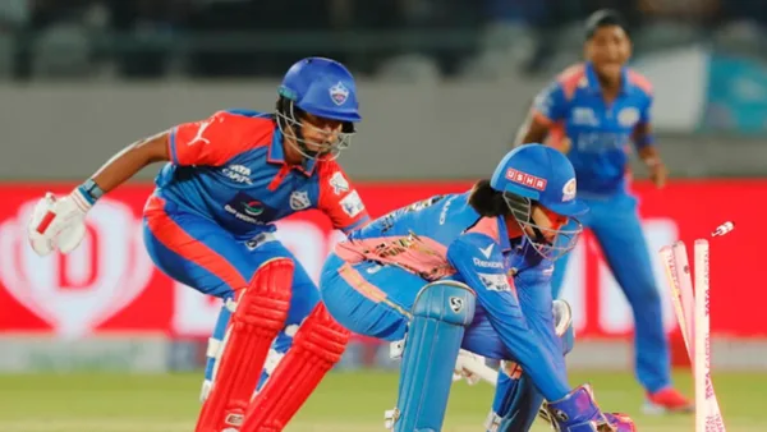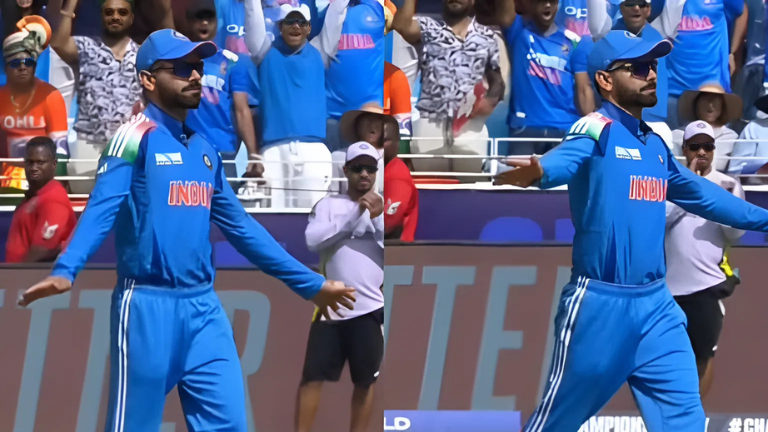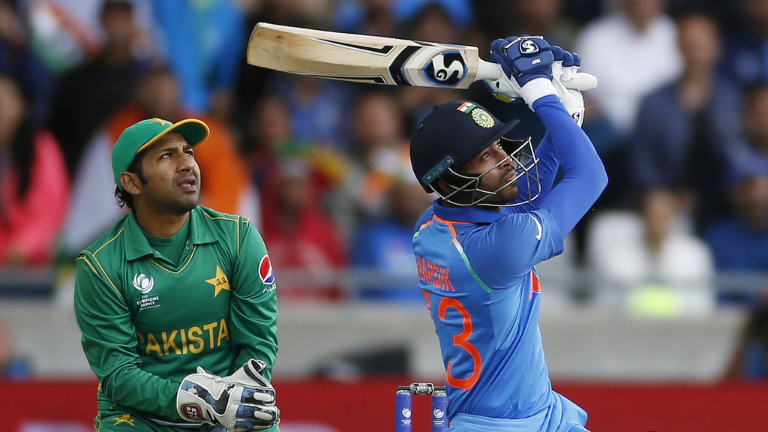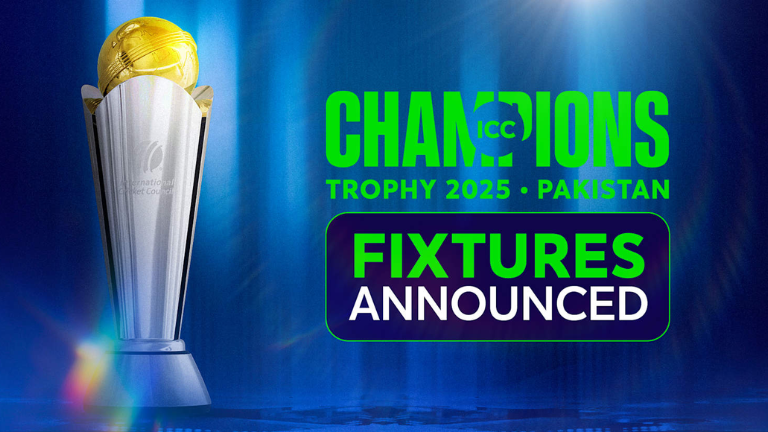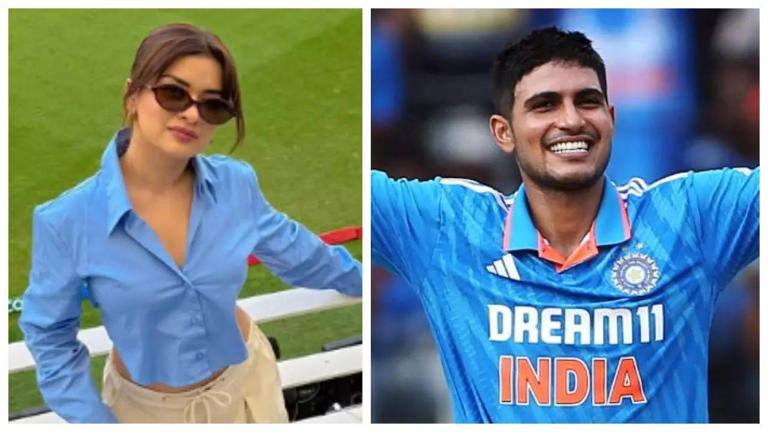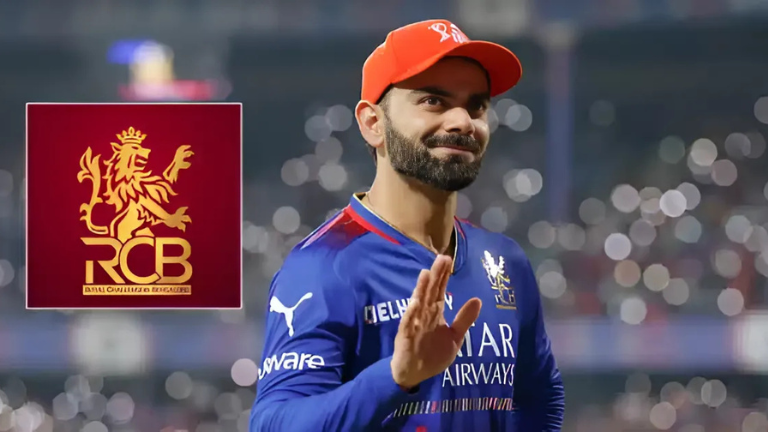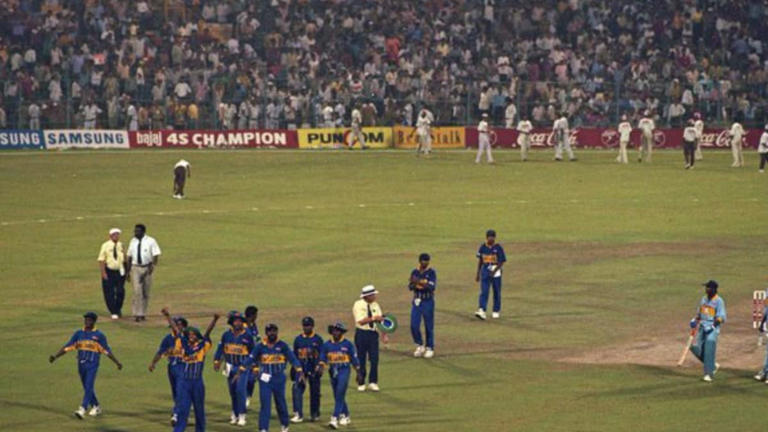BCCI’s Silent Rule Change Sparks WPL Controversy After LED Bail Malfunction
The 2025 Women’s Premier League (WPL) has started with a storm of controversy, as the second match between Delhi Capitals (DC) and Mumbai Indians (MI) was marred by confusing and contentious third-umpire decisions.
In a dramatic last-ball thriller, the third umpire, Gayathri Venugopalan, faced scrutiny over three crucial run-out calls in the final three overs. Despite the LED bails lighting up, all three decisions were ruled not out, leaving fans, commentators, and players baffled and outraged.
What many didn’t know at the time was that the BCCI had secretly implemented a rule change regarding LED bails due to a technical glitch, completely altering how dismissals are judged.
This unexpected rule shift has now sparked a larger debate about whether such changes should be made mid-tournament and whether this issue will also affect the Men’s IPL 2025.
What Exactly Happened? The LED Bail Controversy in WPL 2025
During the high-stakes clash between DC and MI, the match witnessed three contentious run-out calls, all of which were ruled in favor of the batters despite clear evidence of the LED bails lighting up before the batter made it back into the crease.
According to the official WPL playing conditions, the moment the LED lights flash is supposed to determine the exact moment of the run-out. However, on all three occasions, the Delhi Capitals batters were deemed not out, contradicting the rules fans and players were familiar with.
This immediately led to outrage, with many accusing the third umpire of blatant errors. However, a shocking revelation from ESPNcricinfo has since revealed that these decisions were not incorrect, but instead, a direct result of BCCI’s last-minute rule change.
Why Did BCCI Change the Rule? The LED Bail Glitch Explained
The root of the controversy lies in a technical flaw within the LED bails being used in the WPL 2025.
How LED Bails Normally Work:
- The bails contain microprocessors that detect when both spigots (small protrusions that rest in the stumps) are dislodged.
- When both spigots leave the grooves, the LED lights flash, signaling the precise moment the wicket is broken.
The Issue in WPL 2025:
- The LED bails were lighting up too early—in some cases, even when one spigot was still resting in the stump.
- This meant that the lights were flashing before the bail was fully dislodged, causing false positives and confusing run-out scenarios.
To counteract this malfunction, the BCCI issued a secret directive to WPL umpires, stating that the LED lights alone should not determine dismissals. Instead, umpires were instructed to manually assess whether the bails were fully dislodged before making a decision.
As a result, Gayathri Venugopalan’s decisions in the MI vs DC match were actually in line with the new rule—even though the change was not publicly disclosed until after the controversy erupted.
Why This Rule Change Has Sparked Outrage
The biggest issue here isn’t just the technical malfunction—it’s the lack of transparency.
🔥 1. Fans and Players Were Kept in the Dark
- Nowhere before the match did the BCCI officially announce that the LED bail rule had been modified.
- Players, commentators, and viewers were left confused, as they still believed the original rule applied—where LED lights meant the wicket was broken.
🔥 2. Mid-Tournament Rule Changes Create Chaos
- Changing a fundamental rule of decision-making mid-tournament is unprecedented.
- If this rule was already problematic, why was it not addressed before the tournament began?
🔥 3. Will This Affect IPL 2025?
- The question now is: Will this rule apply to the Men’s IPL 2025 as well?
- If not, is it fair that two major Indian leagues operate under different rules for run-outs?
Unless the LED bail glitch is fixed before IPL 2025, we could see a similar controversy unfold in the men’s tournament, which could lead to even bigger backlash.
Should LED Bails Be Scrapped Altogether? The Debate Begins
This isn’t the first time LED bails have been problematic. Over the past few years, several players and experts have called for their removal, citing issues like:
🚨 Bails not dislodging despite LED lights flashing
🚨 Bails lighting up prematurely, causing inaccurate decisions
🚨 Technology interfering with natural dismissal judgments
With this latest WPL controversy, the debate over whether cricket should return to traditional wooden bails has resurfaced. Some experts argue:
“If LED bails are causing more confusion than clarity, why are we still using them?”
While technology is meant to enhance the accuracy of umpiring decisions, it seems that LED bails have only introduced more complications.
Will BCCI Reverse This Rule Change? What’s Next?
Now that the controversy has been exposed, the BCCI faces a crucial decision:
✅ Fix the LED Bail Glitch Before IPL 2025
🔴 Continue With the Manual Umpire Decision Rule
⚠️ Scrap LED Bails Altogether for Future Tournaments
If the BCCI sticks with its current rule, it must make a public statement clarifying the new guideline to prevent further confusion.
However, if IPL 2025 continues with the flawed LED bails, we could see similar run-out controversies in high-profile matches, which might lead to even bigger outrage from fans, teams, and cricketing bodies worldwide.
With cricket technology already under scrutiny, this LED bail fiasco is yet another reminder that not all innovations improve the game—some, in fact, create even more problems.
Has Technology Gone Too Far?
While cricket continues to evolve with technology, this WPL controversy raises serious concerns about the reliability of LED bails. The BCCI’s decision to change the rule mid-tournament without public notice has only added fuel to the fire.
As we await further clarification from the BCCI, one thing is clear—if LED bails can’t provide 100% accuracy, they have no place in professional cricket.
Will the IPL 2025 see a similar controversy, or will the BCCI finally fix this issue before it spirals out of control?
Only time will tell.
🏏🔥 What do you think? Should LED bails be scrapped, or should cricket adapt to this new rule? Drop your thoughts below! 🔥🏏

